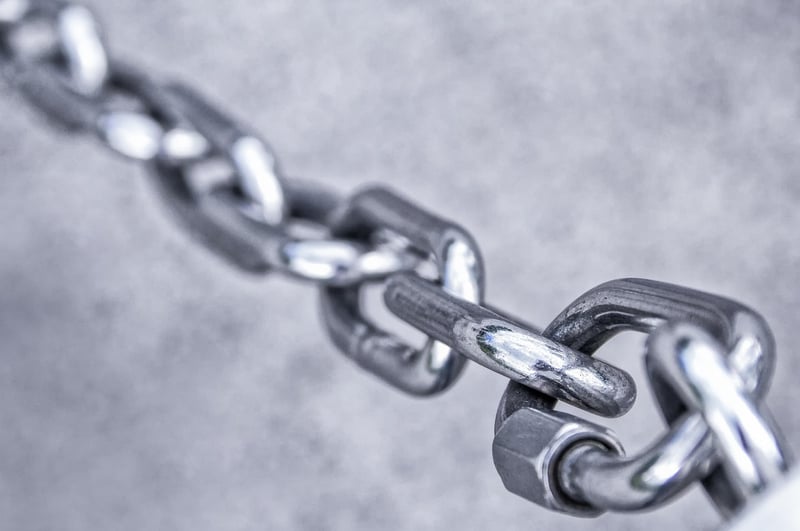Causality Loops
The Intriguing World of Complex Consequences and Causality Loops
Have you ever pondered the intricacies of cause and effect, only to find yourself tumbling down a rabbit hole of complex consequences and causality loops? These fascinating phenomena are not just the stuff of science fiction; they exist in various aspects of our lives and the world around us.
Understanding Complex Consequences
Complex consequences refer to outcomes that result from a chain of interconnected events, where the initial cause sets off a series of reactions leading to unexpected or intricate results. This concept is prevalent in systems theory, economics, ecology, and even everyday decision-making.

Examples of Complex Consequences:
- Butterfly Effect: The concept that small actions can have far-reaching and unpredictable effects. For instance, a butterfly flapping its wings in Brazil could set off a tornado in Texas.
- Market Dynamics: Economic decisions by individuals or organizations can lead to market shifts, influencing prices, supply chains, and consumer behavior in unexpected ways.
- Climate Change: Human activities such as deforestation or carbon emissions contribute to a complex web of environmental consequences, including rising temperatures, extreme weather events, and habitat destruction.
Unraveling Causality Loops
Causality loops, also known as causal loops or feedback loops, are self-perpetuating cycles where the cause and effect are intertwined, creating a loop of continuous influence between events. These loops can be reinforcing (positive feedback) or balancing (negative feedback).

Types of Causality Loops:
- Reinforcing Loop: A situation where an initial change leads to further changes that amplify the original effect. For example, increased investment in technology leads to higher productivity, which in turn attracts more investment.
- Balancing Loop: In contrast, a balancing loop seeks equilibrium by counteracting changes. An example is the thermostat in a room, where heating turns off once the desired temperature is reached, only to restart if the temperature drops below the set level.
Exploring the realms of complex consequences and causality loops unveils the interconnected nature of our world, where actions reverberate through intricate networks of cause and effect. By understanding these phenomena, we can navigate the complexities of systems, anticipate outcomes, and perhaps even influence them for the better.
Next time you encounter a seemingly simple cause and effect scenario, pause to consider the hidden layers of complexity and the possibility of a causality loop waiting to be unraveled.
